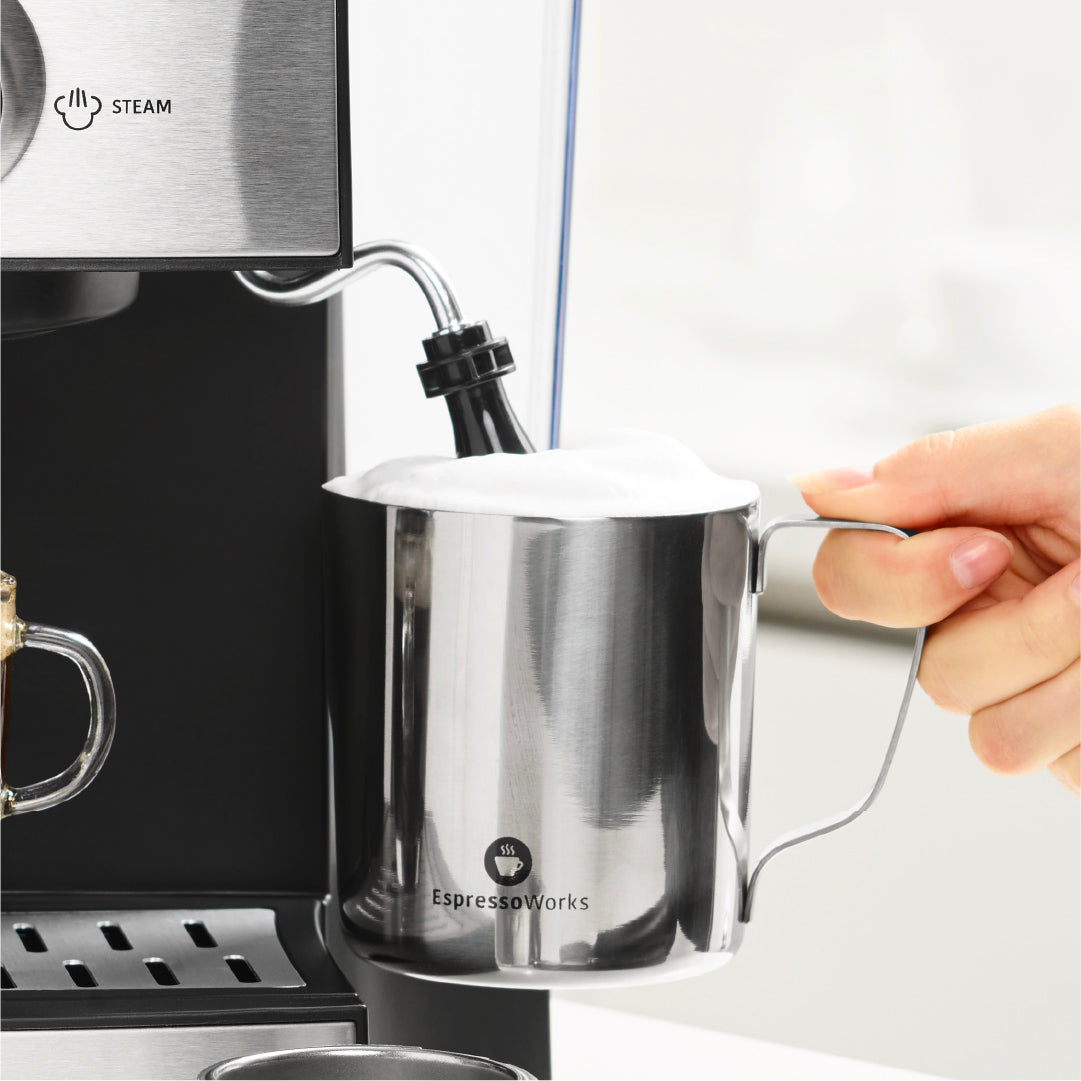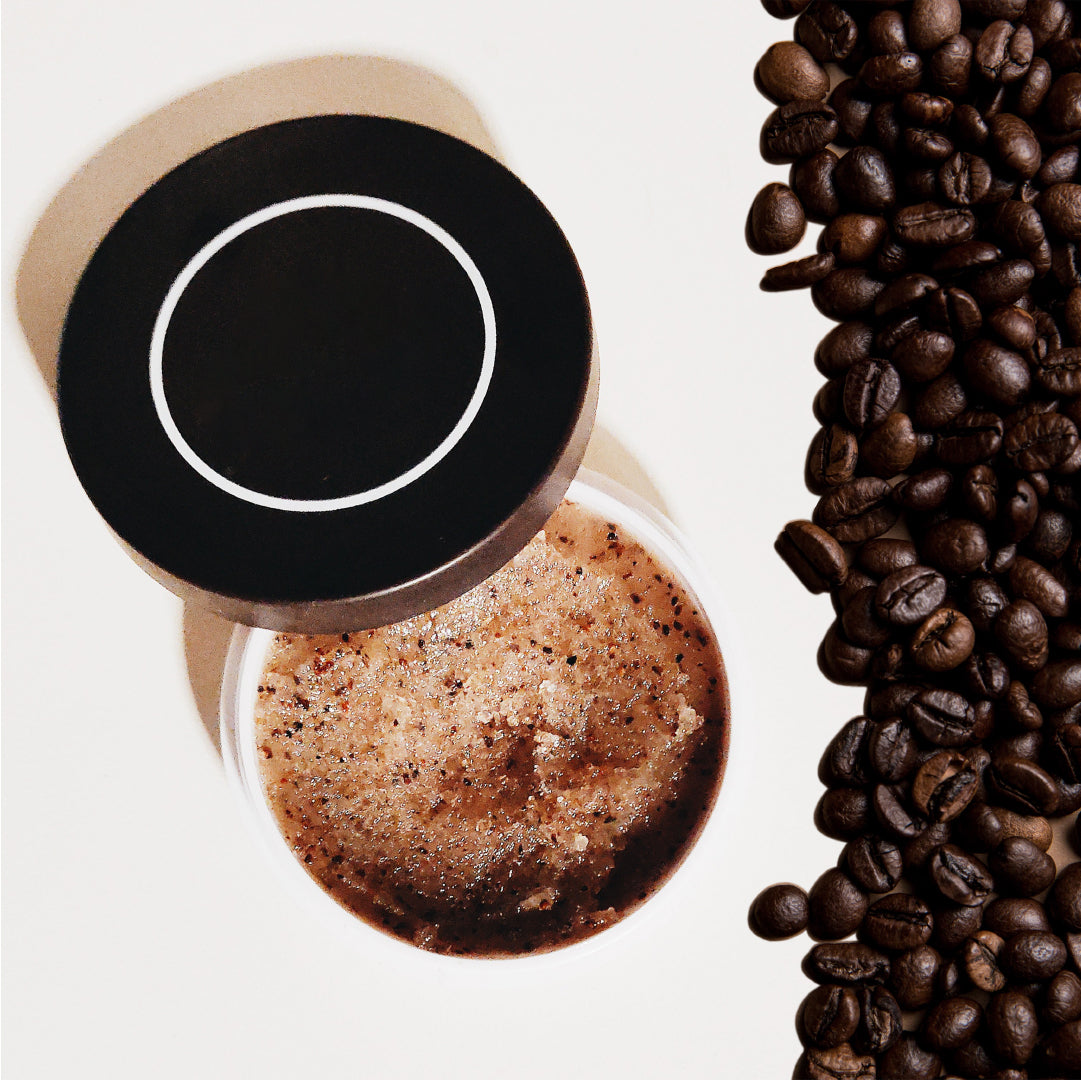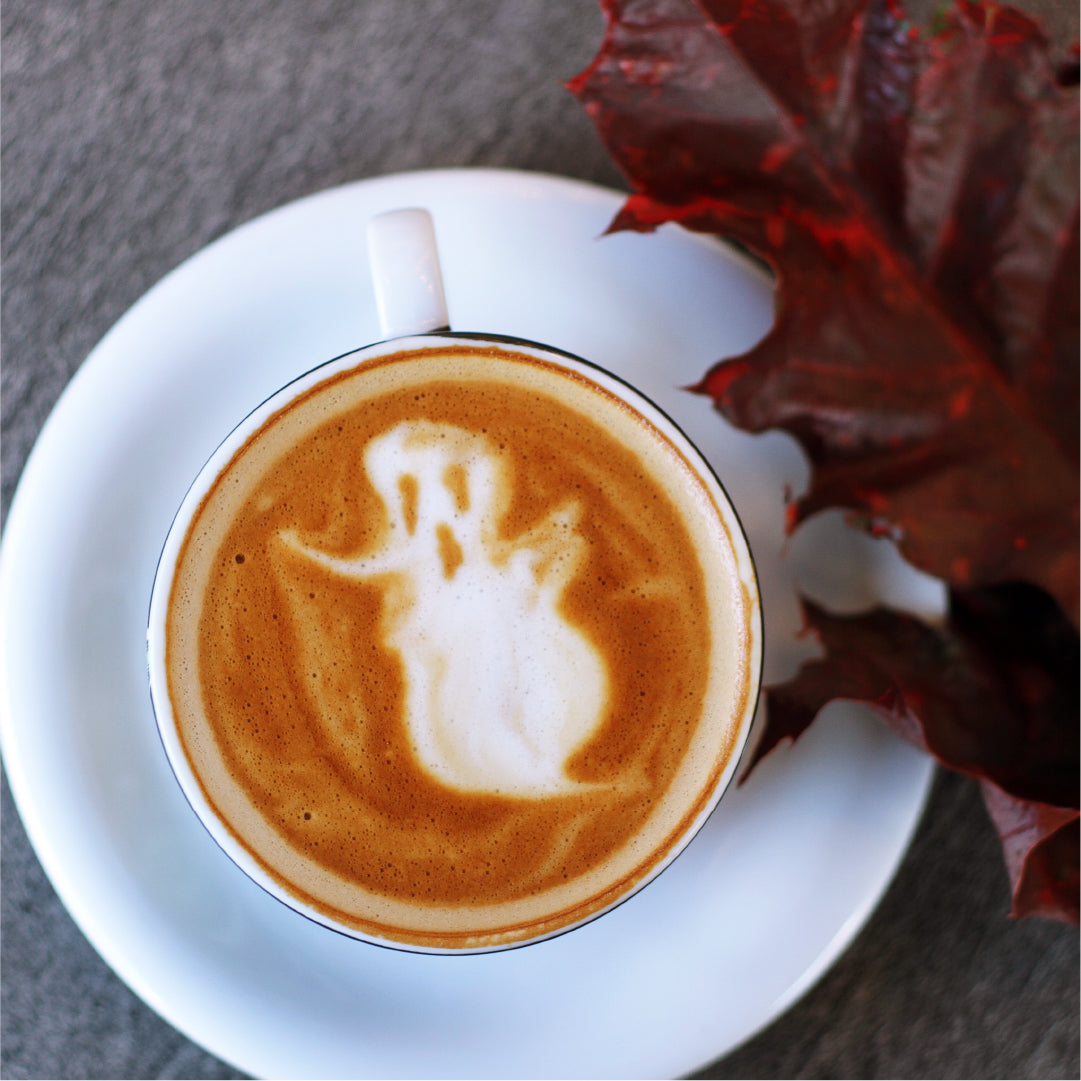
When baristas are first getting acquainted with the intricacies of espresso brewing, one of the most important things they learn is the art of espresso tamping — which can mean the difference between an excellent shot of espresso and a totally drab one. The more baristas learn about espresso tamping, the better their espressos will taste.
What is Tamping Espresso?
The term “espresso tamping” refers to how espresso is packed into a portafilter, the basket that holds the espresso. After the roasted espresso beans have been finely ground, it’s time to pack the espresso into the portafilter — and the espresso needs to be tightly packed and tamped in such a way that the water gets as much flavor as possible from it. The idea of tamping is to make sure the water doesn’t pass through the grounds too quickly, which it will if the grounds are too loose and uneven. If espresso tamping is done correctly, the water will pass through the ground espresso gradually, not in a hurry, and will pull the oils from the grounds — thus giving the shot of espresso its rich, hearty, robust flavor.
Espresso Tamping Tools
Having the right tools is essential for espresso tamping, and they include high-quality espresso beans (stored in an airtight container), a bean grinder that can grind espresso properly, a quality espresso machine, a portafilter, a scale, and, of course, a tamper and an espresso tamping mat. Why not add in an apron too, so you can properly look the part of a professional home barista. When using a scale as a part of the espresso tamping process, baristas can make sure they are using the correct amount — which is roughly 7-9 grams for a single shot of espresso or 14-18 grams for a double shot of espresso.
Espresso Tamping Dos:
1. Measure Coffee Grounds
After measuring the espresso, place it in the portafilter. Run your index finger over the top of the portafilter and push away any extra grounds. An important part of the espresso tamping process is making sure the surface is even and level.
2. Place the Portafilter on a Flat Surface
During an espresso tamp, the portafilter should ideally be placed on a totally flat surface or a tamping mat. Ensure your wrist is straight, with the elbow bent at roughly a 90-degree angle.
3. How To Apply Pressure And How Hard Should You Tamp Espresso
After the espresso has been placed in the portafilter and before the espresso is brewed, baristas need to use the tamper to make sure the top of the espresso is even and that the espresso is tightly packed into the portafilter. It’s important, during an espresso tamp, to press the tamper down in an even way; if the tamper is pressed down at an angle, it could make the surface of the espresso uneven — which is something to avoid during an espresso tamp.
The espresso needs to be packed firmly into the portafilter, but not too tightly. Although the water shouldn’t be able to flow through the espresso grounds too easily or too quickly, it shouldn’t be too hard for the water to flow either. Getting too much extraction from the coffee grounds can make the espresso taste bitter. So, during the espresso tamp, the goal is to apply a sufficient amount of pressure with the tamper, but not excessive pressure. This is something to put up to practice - but you should be able to get the hang of it in just 3-5 tries.
4. Clean Up
Any excess grounds that have spilled around the portafilter’s edges during the espresso tamp need to be wiped off using a cloth or a brush. If any of this excess ground goes back in the portafilter after you have already tamped, tamp lightly once again to ensure the surface of the espresso puck is even.
5. After Brew
Once you’ve brewed your coffee, unlock and remove the portafilter and use an espresso grounds knock box to quickly dispose of the brewed puck of coffee and move on to brewing the next cup of caffeine goodness.
Espresso Tamping Don’ts:
1. Failing to Keep the Tamper Level
If the tamper isn’t level during an espresso tamp, it can make the espresso uneven inside the portafilter. And the water will flow toward the side of the espresso that is less compressed. This will cause an imbalance of flavor, adding an over-brewed hint of bitterness.
2. Overfilling Filter Basket
Filling the portafilter with too much espresso during an espresso tamp creates uneven extraction from the grounds, and filling it with not enough espresso creates uneven extraction as well. Too much grounds results in a stronger and over-brewed coffee. Too little and the water hasn't gone through enough to extract enough.
3. Lifting the Tamper Too Quick
During an espresso tamp, lifting the tamper too quickly after applying pressure to the grounds can create an air gap around the edge of the portafilter — and during the brewing, the water will be drawn to that air gap and flow through it.
4. Hitting the Edge of the Portafilter
Another thing that can create an air gap during an espresso tamp is hitting the edge of the portafilter. Air gaps should be avoided, and baristas need to make sure the espresso is packed evenly within the portafilter.
Espresso tamping is a skill that first-rate baristas have thoroughly mastered. And the more baristas practice, the better their espresso tamping will be.









Share:
All-Purpose Coffee Rub Recipe
Chocolate Espresso and Chocolate Marble Espresso Chiffon Cake Recipes